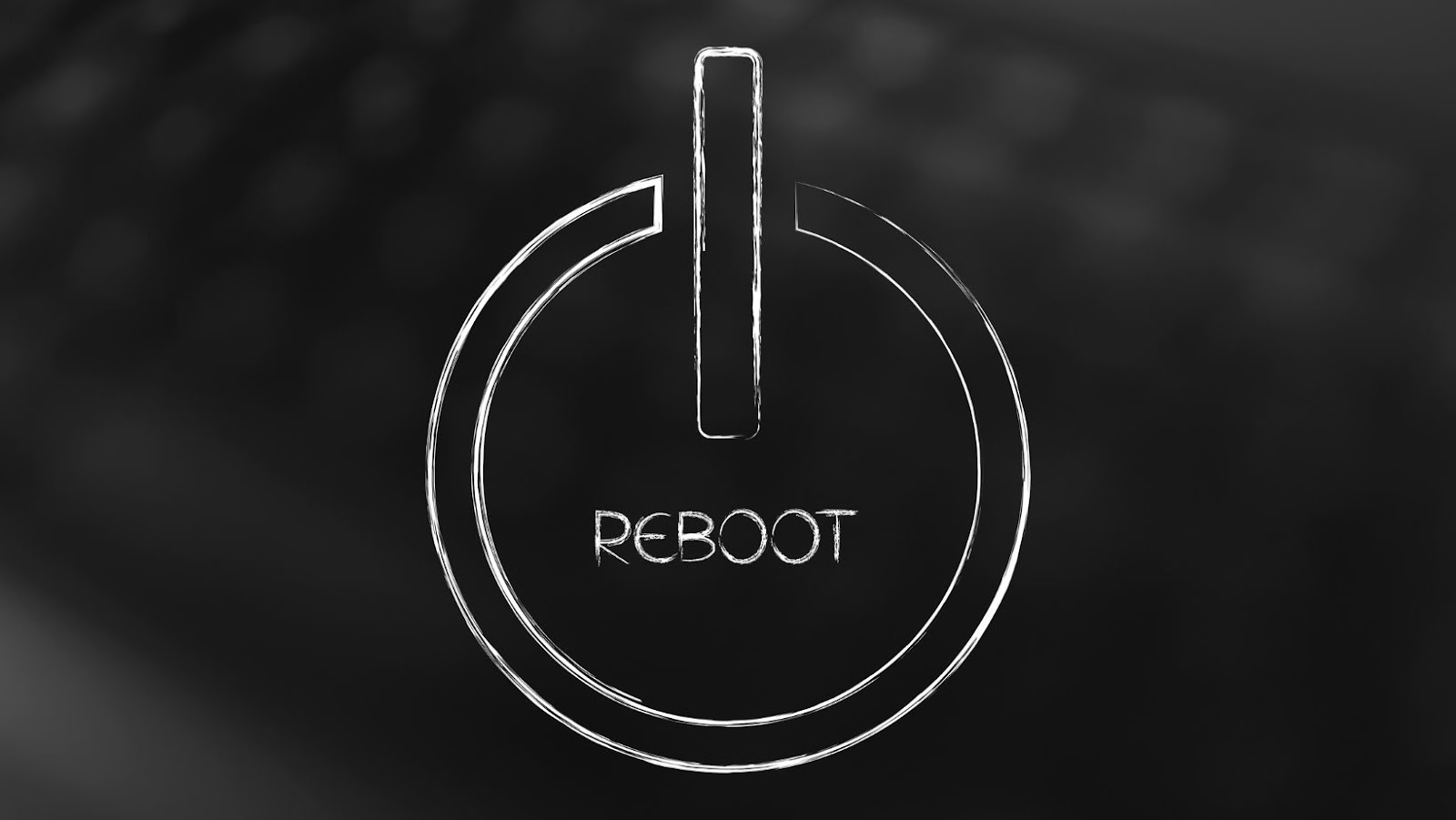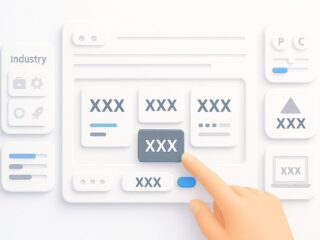
A friend of mine recommended the Reboot Diet to me a few months ago, and I decided to give it a shot. The diet is simple: for two weeks, you eliminate all processed foods, sugar, caffeine and alcohol from your diet. The first few days were rough, but I started to feel better after a few days. And the best part? I lost five pounds in two weeks! If you’re looking to reboot your diet (and your health), give this diet a try.
Day one of my new phone reboot didn’t go as planned. I was so excited to start fresh, but I quickly realized that I had no way to access my old data. Signed out of everything and starting over from scratch felt daunting, but it was also a chance to really focus on the things that mattered most to me. It’s been a few months now and I’m really happy with the changes I’ve made – here’s how you can do the same.
Why am i logged out of everything
When you log out of your account, you are signing out of everything associated with that account. This includes all the apps and services that you use with that account. If you’re logged out of your email, for example, you won’t be able to access any of your old messages. The same goes for social media, banking, and other online services.
There are a few reasons why you might be logged out of everything on your computer. Maybe you changed your password and didn’t update it in all your apps. Or maybe you’re using a new device and need to set up your account again.
What I did when I found out my computer was hacked
If you’re worried that your account has been hacked, there are a few things you can do to protect yourself. First, change your password. Then, enable two-factor authentication if it’s an option. This will add an extra layer of security to your account and make it harder for hackers to access your data. Finally, keep an eye on your account for any suspicious activity. If you see anything out of the ordinary, report it to the service provider and change your password again.
How to change your passwords for all of your online accounts
If you want to change your passwords for all of your online accounts, the best way to do it is with a password manager. A password manager is a software that helps you generate, store, and manage strong passwords. It’s a good idea to use a different password for each of your online accounts, and a password manager can help you keep track of them all.
There are a lot of password managers to choose from, but our favorite is LastPass. It’s free to use and available on all major platforms. To get started, just create an account and add your passwords.
The importance of using two-factor authentication
Two-factor authentication is an extra layer of security that can be added to your online accounts. With two-factor authentication, you’ll need to provide two pieces of information in order to login – typically a password and a code that’s sent to your phone. This makes it much harder for hackers to access your account, even if they have your password.
If you’re not already using two-factor authentication, we highly recommend that you start. It’s a simple way to protect your online accounts and keep your data safe.
Tips for keeping your computer safe from hackers
There are a few simple steps you can take to keep your computer safe from hackers. First, install an antivirus program and run regular scans. This will help protect your computer from malware and other security threats. Second, use a strong password and never reuse passwords for different accounts. Third, enable two-factor authentication whenever it’s an option. This will add an extra layer of security to your account and make it harder for hackers to access your data. Finally, keep an eye on your account for any suspicious activity. If you see anything out of the ordinary, report it to the service provider and change your password again.





